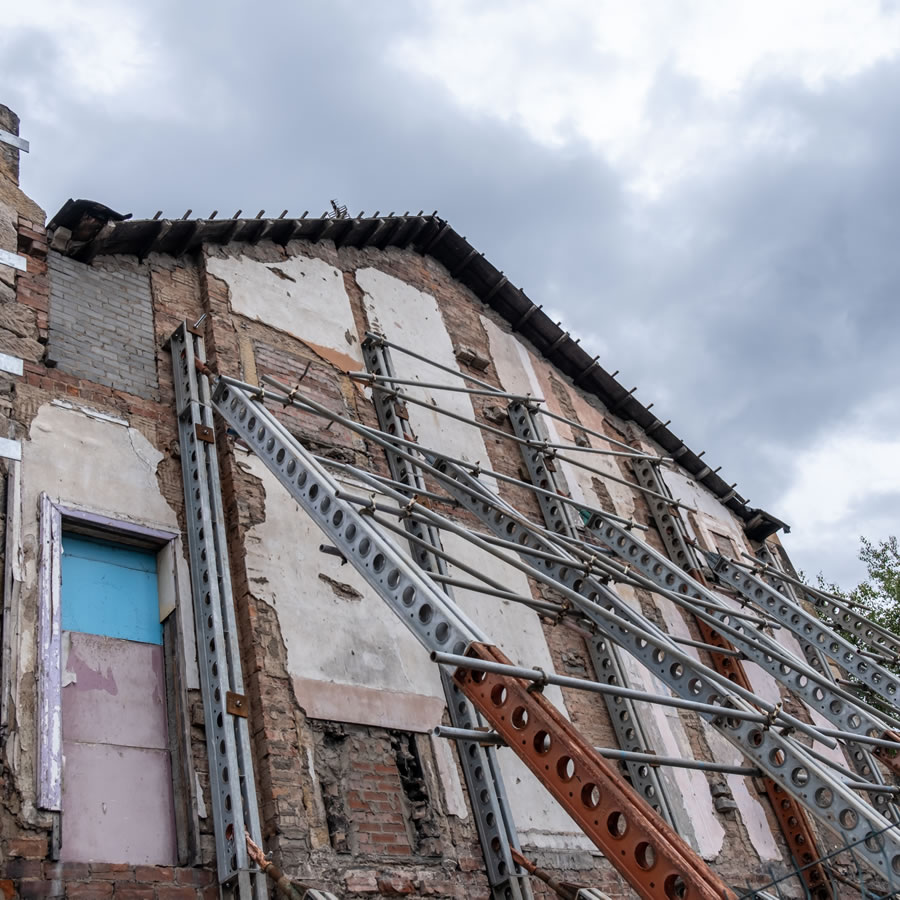In the late 1800s and early 1900s, coal mining was a booming industry; there were thousands of active mines covering thousands of square miles of land across the country.
When mines were closed, they were often filled in or simply abandoned. Properties that were built over the top of these old mines may still be at risk. If you suspect that your home is built over a mine, you may have questions about mine subsidence.
Mine subsidence is lateral or vertical ground movement resulting from the collapse of a mine below. This can occur when columns upholding the structure collapse or when mine roofs erode. Mines can collapse 100 years after they have been abandoned. Mine subsidence is a term that describes this collapse that triggers the ground above to subside. This can cause minor distortion up to large sinkholes.
When the earth subsides below a home, it can cause cracks in the foundation, or minor settling issues. In worst cases, large sinkholes can cause the collapse of an entire house. Fortunately, these instances are rare.
If your home, property or land suffers from the effects of coal mining subsidence, you have the right to make a claim under the provisions of the Coal Mining Subsidence Act 1991 (as amended and averred by the Coal Industry Act 1994).
If you suspect you have subsidence damage, you should contact us for professional advice. UK Coal will reimburse the reasonable cost of our fees incurred for a successful claim, as outlined in Section 38 of the Coal Mining Subsidence Act 1991, in accordance with established fee scales.

